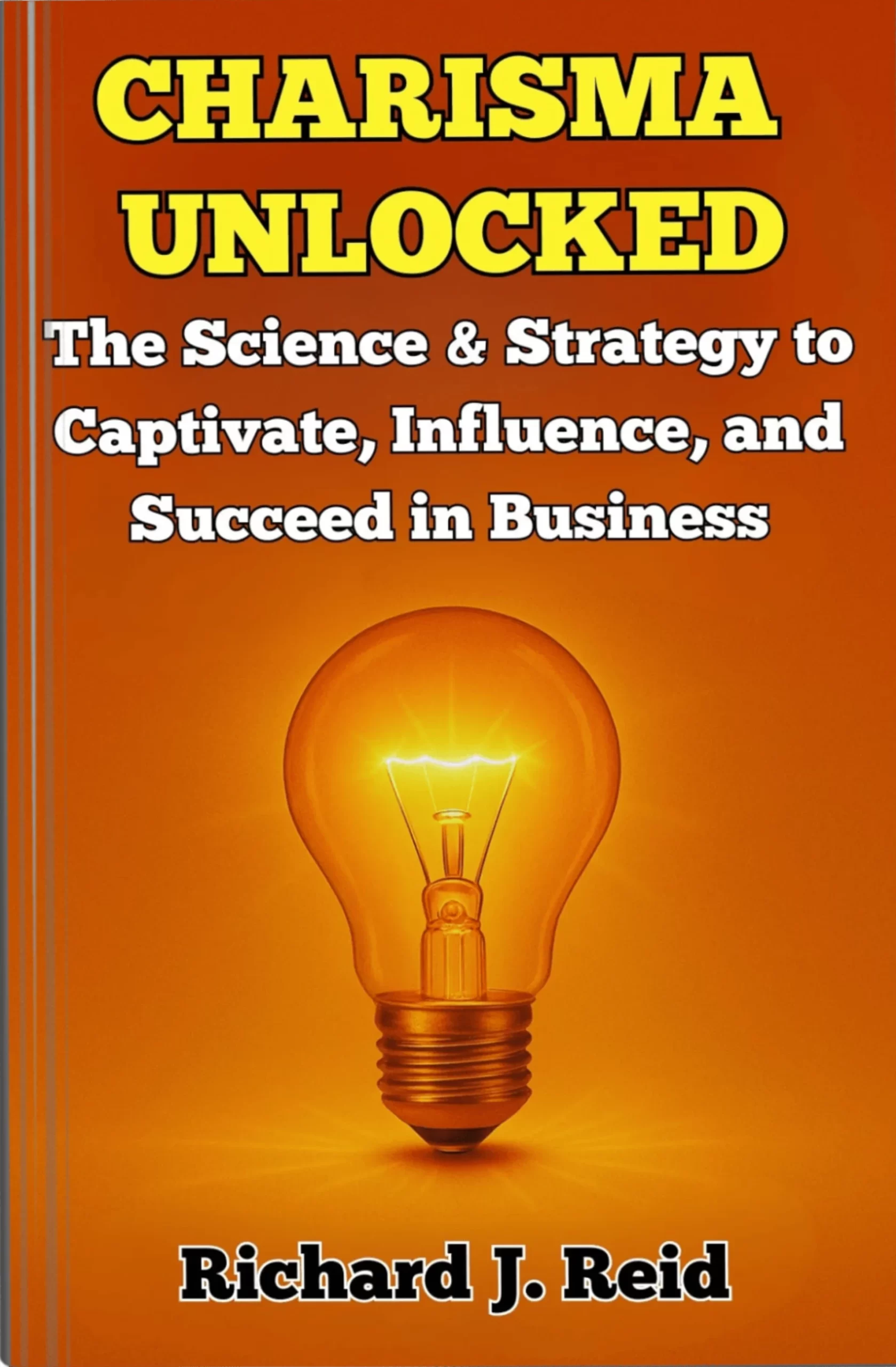Introduction
In the digital age, the most forward-thinking organisations increasingly acknowledge that their greatest asset is not technology, infrastructure, or intellectual property—but their people. Human capital, defined as the skills, experience, creativity, and potential inherent in an organisation’s workforce, is critical to sustained growth, innovation, and competitiveness. Yet, human capital remains one of the most undervalued and misunderstood assets on balance sheets, often relegated to the shadows due to the challenges of quantifying its contribution to financial systems and business strategies.
Businesses that fail to recognise and accurately measure the value of their workforce risk creating blind spots in strategy, leading to stagnation, low employee engagement, and weaker financial performance. Conversely, those who elevate human capital to a core focus position themselves to unlock more substantial innovation, higher productivity, and long-term shareholder value.
This whitepaper explores the economics of human capital in modern organisations, presents models for measuring and reporting workforce value, and advocates for embedding human capital considerations into boardroom-level discussions.
The Economics of Human Capital in Modern Organisations
1. Defining Human Capital
Human capital refers to the economic value that employees bring to an organisation through their abilities, knowledge, competencies, and potential contributions. Unlike tangible assets, such as property or equipment, human capital is an intangible asset—dynamic, unique, and challenging to replicate. In knowledge-based industries, such as technology, healthcare, and financial services, human capital can represent the majority of an organisation’s potential for value creation.
However, while substantial investments are made in developing human capital through recruitment, training, and leadership preparation, these efforts are often siloed and poorly reflected in financial metrics. The disconnect between the critical contributions of human capital and its underrepresentation in business analyses has created a gap in the valuation of employees’ roles in corporate profitability.
2. The Growing Importance of Human Capital in Modern Business
A. Transition to Knowledge Economies
In traditional industrial models, physical capital—such as factories, equipment, and supply chains—was the primary driver of production. However, with the rise of knowledge economies, much of the value creation now comes from the intellectual and creative abilities of employees rather than physical equipment.
For instance:
- Apple’s market success depends more on the ingenuity of its designers and software engineers than on its manufacturing plants.
- Pharmaceutical companies rely heavily on the expertise of researchers and scientists to develop transformative medicines.
B. Talent as a Competitive Advantage
In a world where products and services are increasingly commoditised, the ability of an organisation to differentiate itself relies on the creativity, innovation, and intellectual capital of its workforce. Human capital acts as a key differentiator in driving competitive advantage, yet organisations often fail to quantify the returns on their talent investments.
C. The Cost of Neglecting Human Capital
Undervaluing or neglecting human capital can result in substantial hidden costs to organisations, including:
- High staff turnover due to disengagement.
- Loss of institutional knowledge when top performers leave.
- Failure to innovate, which can leave companies vulnerable to disruption by competitors.
A PricewaterhouseCoopers (PwC) study found that companies with high levels of employee engagement reported 21% higher profitability compared to peers with low engagement.
Models for Measuring and Reporting Human Capital
One of the fundamental challenges with human capital is its intangible nature, which makes it difficult to measure in financial terms. However, innovative approaches to quantification and reporting are emerging, enabling organisations to better understand their workforce, leverage its value, and communicate it more effectively.
1. Traditional Approaches to Human Capital Valuation
In conventional accounting systems, workforce resources are typically classified as operational expenses rather than as assets. This creates an incomplete picture in financial reporting—one where investments in human capital, such as upskilling or reskilling employees, are recorded as costs without reflecting the long-term value they generate.
Limitations of Traditional Approaches:
- Workforce initiatives are treated as short-term expenses rather than long-term investments.
- The value of employee experience and intellectual capital is not reflected on balance sheets.
- Metrics such as revenue per employee often fail to capture the comprehensive value of the workforce.
2. Emerging Models for Measuring Human Capital
A. Human Capital ROI
This model calculates the financial return on investments made in developing human capital. By comparing improvements in performance metrics (e.g., increased revenue or operational efficiency) against the costs of workforce initiatives (such as training and hiring), organisations can better quantify the impact of employee-related decisions.
Formula:
Human Capital ROI = (Revenue - Operating Costs - Compensation Costs) / Compensation Costs
B. Human Capital Efficiency Ratio
This ratio evaluates the productivity of an organisation’s workforce by dividing revenue or profit by total human capital costs. As organisations invest in their people, this formula ensures that leadership can track how efficiently those investments contribute to bottom-line results.
C. Integrated Scorecards
The use of workforce analytics platforms helps organisations assess a broader range of metrics, including:
- Turnover rates and associated costs.
- Employee Net Promoter Score (eNPS) to measure employee satisfaction and engagement levels.
- The tangible impact of learning and development initiatives on organisational KPIs.
Example:
Netflix reports on human capital investments by tracking the impact of employee training on innovation and retention rates, thereby linking talent development to the success of content production.
3. Sustainability and Human Capital Reporting
With the rise of Environmental, Social, and Governance (ESG) frameworks, organisations are being held accountable for people-related metrics under the “Social” pillar. This trend highlights the importance of companies reporting on workforce well-being, diversity initiatives, and retention strategies. Leading organisations, such as Unilever and Danone, now feature human capital reporting alongside financial statements to demonstrate the value driven by their workforce investments.
4. Technology’s Role in Measuring Human Capital
Advances in Artificial Intelligence (AI) and people analytics have revolutionised data collection in HR, allowing organisations to generate real-time insights on workforce performance. Tools such as Visier and Workday offer predictive analytics to assess workforce trends, enabling organisations to:
- Predict attrition risks among high-performing employees.
- Identify skill gaps using AI-driven career development tools.
- Forecast the financial impact of various workforce investments.
Making Human Capital a Boardroom Priority
To bridge the divide between the contribution of human capital and its recognition as a driver of value creation, organisations must integrate people management into their strategic decision-making processes. This requires shifting HR from a support function to a priority in boardroom discussions.
1. Educating Leadership on Workforce Value
Many senior executives view talent management as an operational responsibility rather than a strategic driver. Changing this perception is critical to making human capital a priority at the leadership level. Board members need access to tools and frameworks that articulate the quantitative impact of workforce initiatives.
Key Steps:
- Employ Chief Human Resource Officers (CHROs) with strong business acumen and include them in executive decision-making.
- Use workforce investment dashboards to present aligned data on talent and financial performance during board meetings.
2. Aligning Workforce Strategies with Business Objectives
To gain visibility in the boardroom, HR must align workforce strategies with corporate goals, such as:
- Driving revenue.
- Improving innovation cycles.
- Enhancing customer satisfaction.
Example:
At Google, HR analytics teams collaborate with leadership to ensure talent decisions are directly tied to improving user experiences and product innovation.
3. Incorporating Human Capital into Long-Term Planning
Making human capital a priority means integrating it into long-term plans for organisational sustainability. Strategic plans should include clear objectives for workforce development, retention, and diversity.
Example:
Microsoft explicitly includes workforce transformation as part of its long-term strategy, providing transparency into its talent investments while tying them to innovation initiatives.
4. Championing Workforce Well-being
Boards should recognise the relationship between well-being, productivity, and profitability. Organisations that prioritise employee mental health, flexibility, and engagement experience higher levels of workforce satisfaction and performance.
Industry Practice:
Accenture prioritises well-being metrics alongside profitability during quarterly reviews, ensuring that employee satisfaction informs its long-term strategies.
Conclusion
Human capital holds an unparalleled role in shaping organisational success, yet its value remains underestimated by many business leaders and financial systems. To genuinely leverage human capital as a strategic asset, organisations must embrace robust models for measuring, reporting, and acting on workforce insights. By integrating human capital into boardroom discussions and long-term business strategies, organisations can unlock its transformative power.
As global competition continues to intensify, the organisations that thrive will be those that invest in their people not as an operational cost but as the foundation of their competitive advantage. By quantifying and prioritising the value of human capital, businesses can achieve sustainable growth, innovation, and resilience in an evolving marketplace.










